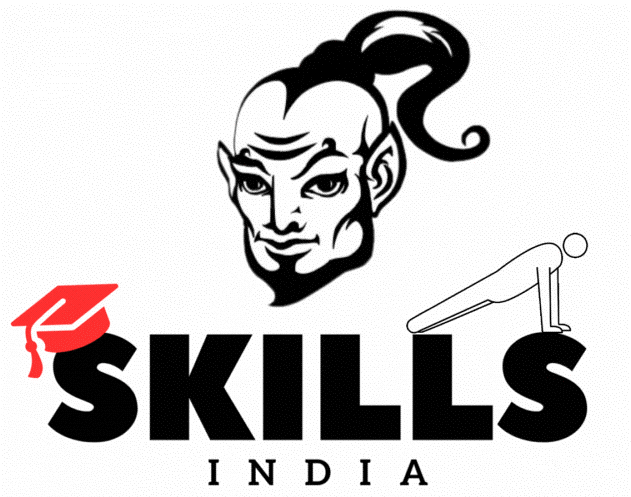Web Development

About Course
Are you ready to embark on an exciting journey into the world of web development? Our Basic Web Development Course is the perfect starting point for beginners who want to learn how to create stunning websites and bring their digital ideas to life.
Course Highlights:
- Foundations of Web Development: Dive into the fundamental concepts of web development, including HTML, CSS, and JavaScript. You’ll learn how to structure web pages, style them beautifully, and add interactivity.
- Hands-On Projects: Put your knowledge into practice with hands-on projects that gradually increase in complexity. Build your first web page, design a personal portfolio, and create interactive web applications.
- Responsive Design: Discover the importance of responsive design and learn how to create websites that look and function seamlessly on various devices, from desktops to smartphones.
- Web Development Tools: Familiarize yourself with essential web development tools and frameworks, making your coding journey more efficient and enjoyable.
- Problem-Solving Skills: Develop problem-solving skills that are essential for any web developer. Learn how to troubleshoot issues, debug code, and find solutions independently.
- Collaboration and Version Control: Explore the world of collaboration in web development through version control systems like Git and platforms like GitHub.
- Industry Insights: Gain insights into the web development industry, including trends, best practices, and career opportunities.
Who Should Take This Course?
- Beginners: This course is designed for absolute beginners with little to no prior coding experience. We’ll start from scratch and guide you every step of the way.
- Aspiring Web Developers: If you dream of becoming a web developer and want to build a strong foundation, this course is your first step toward that goal.
- Creatives: If you have a creative mind and want to showcase your work online, learning web development will enable you to create your own portfolio website.
- Entrepreneurs: Whether you’re starting a business or working on a personal project, understanding web development will empower you to take control of your online presence.
Enroll Today and Start Building the Web!
Don’t miss out on this opportunity to kickstart your web development journey. Enroll in our Basic Web Development Course today and start building your web presence with confidence. Join our community of learners and turn your ideas into reality!
Course Content
Module 1: Introduction to Web Development serves as a comprehensive starting point for individuals looking to embark on their web development journey. It encompasses various key aspects, including:
-
Module 1
05:36
Module 2: Setting up Environment for Development is designed to guide participants through the essential steps of establishing a productive web development environment. This module encompasses the following key elements:
Module 3: Starting with the Basics of Development is a foundational learning module that introduces participants to essential concepts in web development. It covers the following key topics:
Module 4: About the Project provides participants with a comprehensive understanding of the course project’s scope and objectives. This module covers the following key aspects:
Module 5: Starting with the Project dives into the practical aspects of initiating the course project. This module encompasses the following essential steps:
Module 6: Creating Webpage focuses on the practical development of the course project’s homepage. This module encompasses the following key tasks:
Module 7: Understanding HTML Forms delves into the important concept of HTML forms and their role in web development. This module covers the following essential aspects:
Module 8: Connecting HTML Forms with the Pre-built API (JavaScript) focuses on the integration of the course project’s HTML forms with a pre-built API, adding dynamic functionality to the project. This module covers the following critical components:
Module 9: Wrapping entails the following key activities:
Module 10: Summary of the Project serves as a reflective summary and forward-looking discussion, including:
Project Module
Student Ratings & Reviews

No Review Yet
